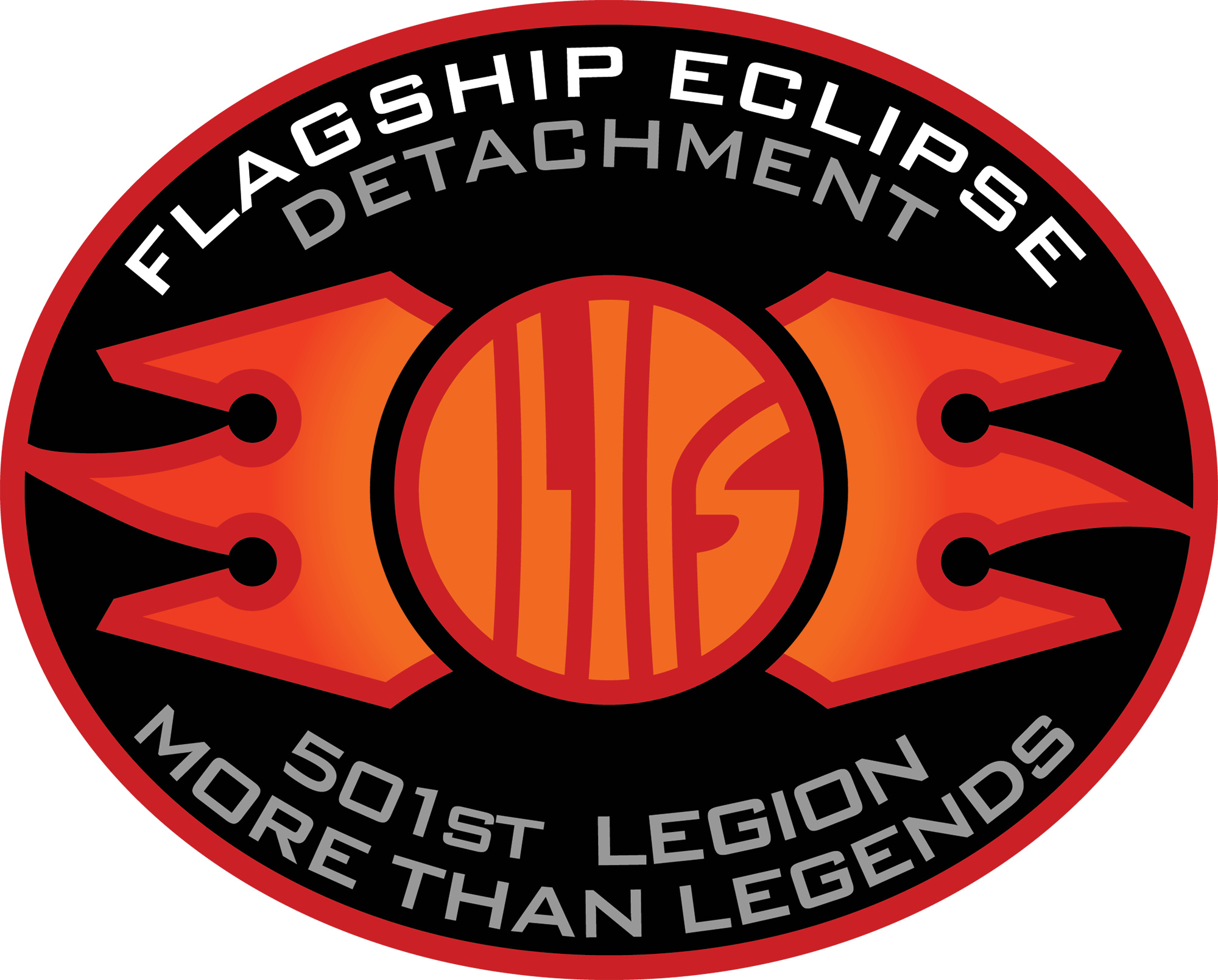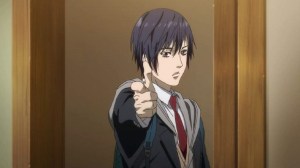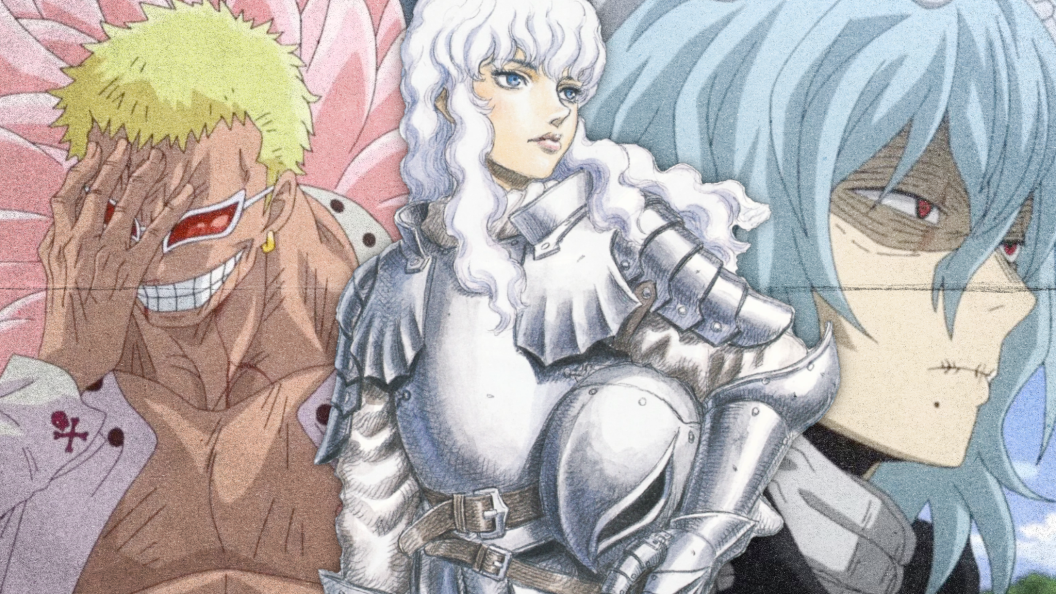
Villains in anime run a pretty wide gamut. Some anime villains are outright terrifying, while others are subtly menacing. Some exercise their power through violence and force, while others use more insidious modes. On that note, some villains are just evil without cause—but still others have extremely deep backstories that make them endlessly compelling.
This list focuses on the latter, there. A good villain backstory can take many forms. A lot of backstories veer toward tragedy—an easy explanatory mechanism for why a person’s moral compass has become “corrupt”. While some of those are great (and have even made this list), some of the most interesting ones don’t rely on a negative force like trauma at all, and those backstories can be just as compelling.
1) Tomura Shigaraki (My Hero Academia)

Tomura’s backstory is heartbreaking, and it illuminates how he became one of the strongest villains in My Hero Academia. Born to an abusive father who projected his own mother’s absence onto Heroes writ large, Tomura would endure brutal beatings any time the topic came up. The stifling environment led to him harboring a mounting resentment—but things only got worse from there. When his Quirk developed, he inadvertently killed his entire family, whose hands he later would wear as symbols of destruction and despair.
Taken in by All For One, he’s groomed to be the greatest of villains, becoming the figurehead of the League of Villains. His backstory always shines through in his personality, with his emotional stunting and resentment evident in his chaotic, merciless demeanor. It also illuminates why, with those he deems “safe”, he’s able to show surprising empathy and care. Tomura’s backstory is well-written, horrifying, and brings you to the cusp of empathy with one of anime’s most detestable characters.
2) Nagato (Naruto Shippuden)

Nagato is a compelling insight into the truth of Naruto‘s shinobi world. Raised in a village that constantly served as the site of proxy wars, Nagato was orphaned by war and raised in oscillating conditions of fallout and active warfare. His grudge against the shinobi world, especially powerful nations like the Land of Fire, is completely understandable in context.
One of Naruto Shippuden‘s greatest arcs is when we get a glimpse into his childhood alongside the other Ame orphans, Konan and Yahiko, as Jiraiya attempts to raise them while pining after a vague ideal of peace he had no idea how to reach. Nagato’s backstory is tragic, sure, and that might seem to make it a low-hanging fruit; but it’s the character of Nagato’s tragedy that makes it so great. Recounting his experiences to Naruto remains effectively the only time Naruto has been stunned into silence.
3) Suguru Geto (Jujutsu Kaisen)
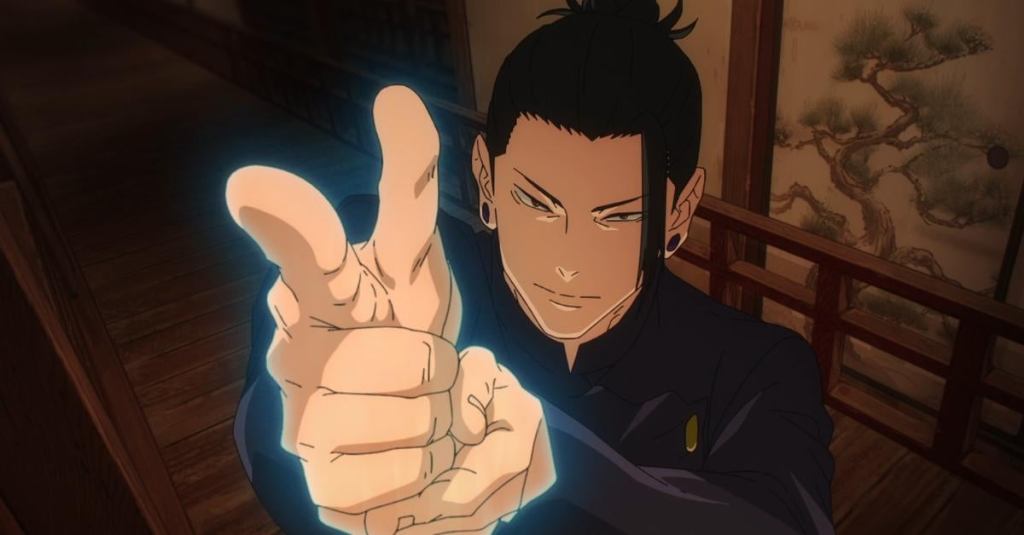
The relationship between sorcerers and non-sorcerers in Jujutsu Kaisen‘s world is fickle and ambiguous. No character shows how much this falls into the eye of the beholder like Geto. Initially a tireless supporter of sorcerers’ role defending non-sorcerers from curses and cursed energy, tragedy shocks Geto into disdain.
The “Hidden Inventory” arc is beloved because of how well this “descent” is modeled. Geto’s total ideological change and radicalization is catalogued in a way that always keeps him human enough to empathize—in turn meaning he’s always easily understood by the viewer, even though they’ll inevitably disagree with his conclusions.
4) Askeladd (Vinland Saga)

Askeladd is an incredibly complex villain whose tragic childhood determines his path. In that sense, he’s like many others on this list. But where many other villains had their parents taken away, Askeladd was instead torn apart inside by social conventions, norms, and heritage: he grows up as the nameless illegitimate son of a Welsh woman, Lydia, and her Danish captor, Olaf. That ethnic tension is at the core as Lydia always tells herself and Askeladd of the hero Artorius, who would return and rescue their people.
In a bid to protect her mother from Olaf when she loses her mind after years of ill health, the 11-year-old Askeladd realizes he must play the role of the hero and challenges Olaf; he loses, of course, but Olaf at last claims him. Askeladd plays along for years until he performs a perfect murder and inherits his property, joining the Danish mercenaries for years after until he dies navigating that same tension. He continues to play a role after, and this brief synopsis can’t do justice to the depth of his character, but Askeladd’s entire story is just profoundly good.
5) Johan Liebert (Monster)
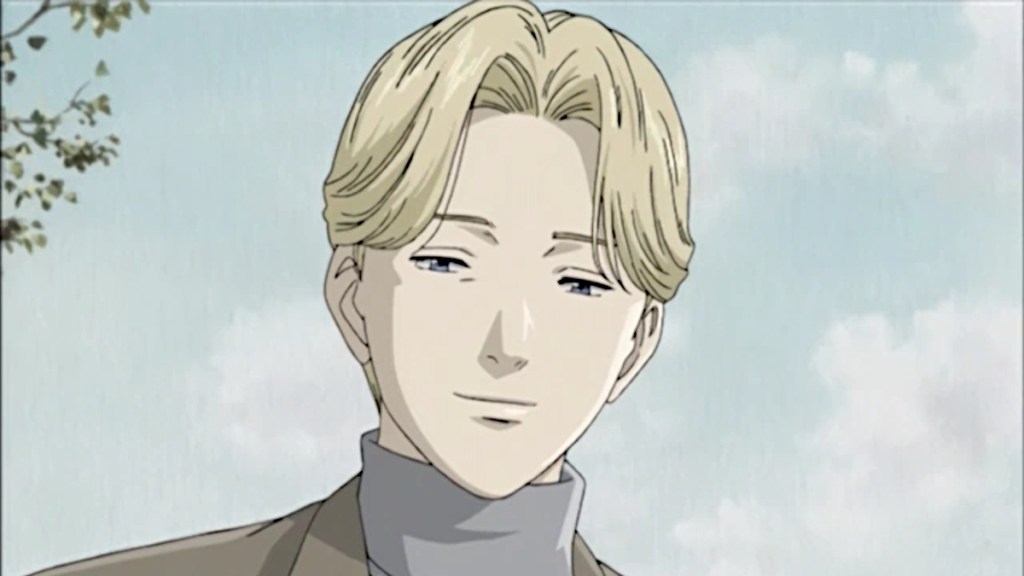
Johan inevitably receives a mention on practically every villain list, but that’s for good reason: he’s one of the most terrifying anime villains of all time. Where many villains are built on the sheer terror of their actions, Johan’s own backstory is deeply integrated with the sense of terror he exudes, not to mention Monster‘s overall sense of mystery. Born in Kinderheim 511, a eugenics-centered facility run by Franz Bonaparta with the mission of created perfect predators and soldiers, a surprising amount of what actually happened in the facility is left to the viewers’ imaginations.
There are just enough crumbs of Johan’s childhood to paint a picture of his origins—marked by cross-dressing as his sister Anna to give the impression of a single child, immense guilt, hints of abuse of all kinds, and the confirmed systematic attempt to erase identities. His connections, will to self-annihilation, and charismatic psychopathy are gingerly interwoven into a broader life story just described enough to let your mind do the dirty work.
6) Zeke Yeager (Attack on Titan)
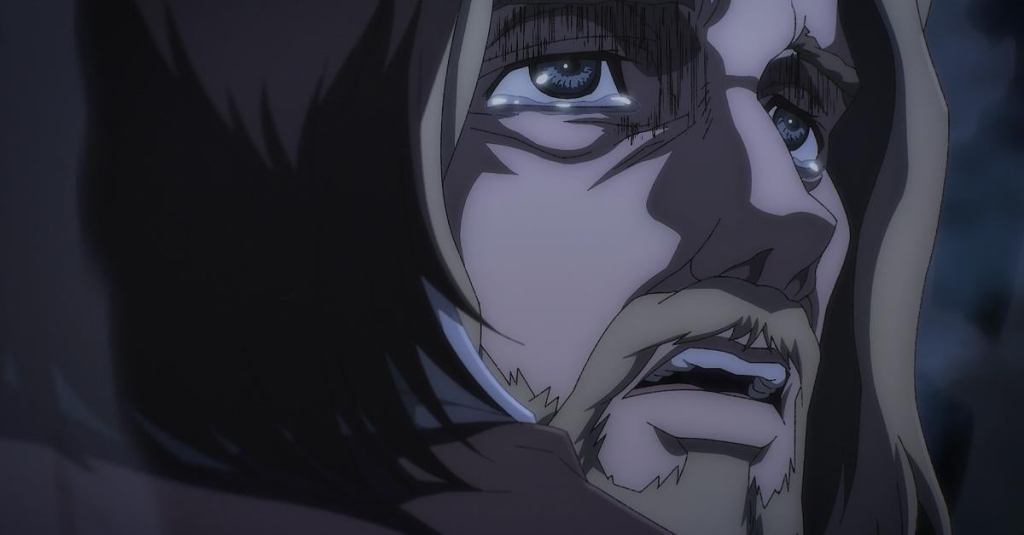
Attack on Titan is brimming with characters of complex psychology and motivations. None stand out like Zeke Yeager, though. Raised in Marley within the Eldian ghettos, Zeke crystallizes the complex morality at the core of the series, especially in comparison to Eren, raised across the sea. Zeke was pushed into the Warrior program by his parents, Eldian Restorationists who hoped he would infiltrate and spy on Marley—but Zeke had already been groomed by Tom Xaver into supporting Eldia instead.
What Zeke shows is the complicated role that ideology plays on all sides. With one of Attack on Titan‘s primary meditations being the fickle and subjective nature of truth, Zeke’s backstory illuminates something crucial: the “truth” he saw in Marley’s rule wasn’t based in detached objectivity but in parental resentment, ideological forces, and chance encounters like meeting Tom Xaver. Zeke’s truth was constructed for him—just like Eren’s was, too. Attack on Titan belabors this difference, creating one of the most invested backstories in anime as a result. Zeke isn’t tragic or pathetic, inherently. He’s just a person who became a villain to other people.
7) Kyubey (Puella Magi Madoka Magica)

Kyubey is an interesting villain because he doesn’t feel human emotion, to begin with. To qualify this: within the world of Puella Magi Madoka Magica, magical girls exist to succumb to despair and become witches, upon which they release a burst of energy. That’s what Kyubey is there for: he contracts with girls to turn them into magical girls, waits a bit, then harvests this energy to keep the heat death of the universe at bay.
For years on years now, fans have deliberated over the specifics of Kyubey’s villainy. Strictly speaking, Kyubey holds no malice or ill intentions—in fact, he literally can’t. While the magical girl contracts are certainly coercive, it’s also possible to perform a certain moral calculus there: the heinousness of that act might be outweighed by its benefit to the whole universe, depending how utilitarian you lean. While Kyubey’s backstory itself is sparse, viewers are given all they need to engage with the character on a human level for human purposes. It’s precisely Kyubey’s backstory (and lack thereof) that makes him such a good villain.
8) Donquixote Doflamingo (One Piece)
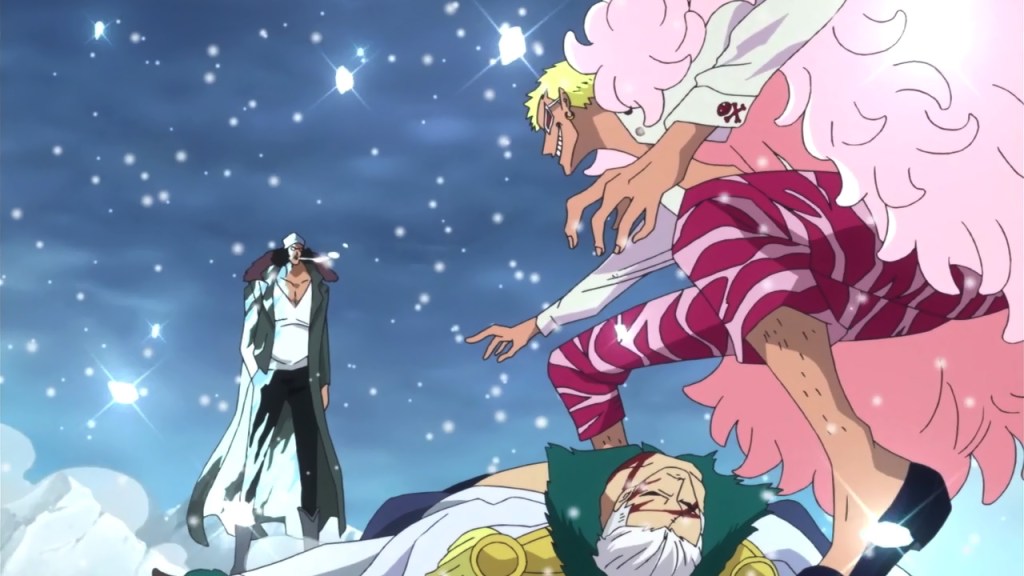
Doflamingo was born into the aristocratic World Nobles, but his father decided to step down from nobility and the family relocates to another country—one where the commoners have no patience whatsoever for the World Nobles. Meanwhile, Doflamingo didn’t adapt well to these changes, expecting the commoners to fall in line because of status he no longer possessed.
When his mother eventually dies from an illness and a lynch mob comes for him, his father, and his brother, Doflamingo is left with festering hatred. At ten years old, he kills his father in an attempt to regain lost status—but he’s left in the cold by the World Nobles. On his own then, he resolved to climb the ladder of absolute power and control, becoming incredibly charismatic, cruel, and cunning as a means of survival. Doflamingo is another case where there’s too much detail to cram in, but he’s one of One Piece‘s most complex villains with one of anime’s most intriguing backstories.
9) Griffith (Berserk)

Born into destitution, Griffith grew up with an all-consuming dream of running his own kingdom. That dream remains at the forefront throughout Berserk as Griffith manipulates his way to the top with charisma and drive. Although Berserk mainly focuses on present misfortunes and consequences, a prime aspect of the series is how the past and present are indelibly connected. In that sense, while Griffith’s backstory may not occupy as much narrative space as his present actions, it’s crucial for understanding why he does what he does, especially within Berserk’s complex tapestry.
Vested in Griffith’s early psychology is a passionate drive to overcome his circumstances by becoming the absolute opposite: from a pauper to a ruler. Griffith is destined for greatness, and he’s willing to do whatever it takes to realize it. From his merciless run leading the “Band of the Falcon” to his ascension as the demonic Femto, Griffith’s story is all about ambition dire enough to ignore any sacrifices made in the process. And ambition is nothing without a coherent origin.
10) Makishima Shogo (Psycho-Pass)
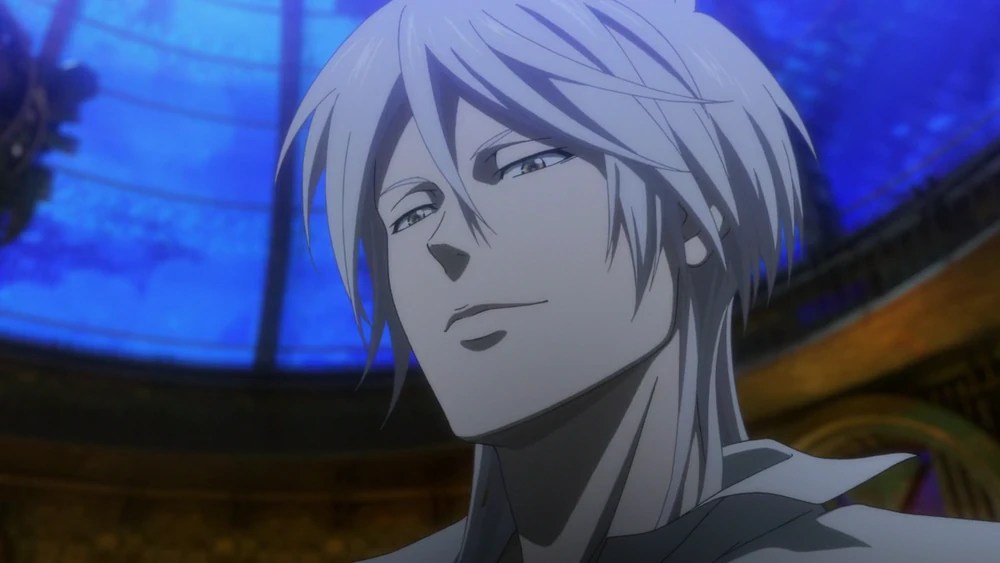
Shogo is a deeply interesting villain precisely because his backstory isn’t tragic—at least, not in the way we would perceive tragedy. Psycho-Pass‘s Sibyl System monitors psychic and emotional states to analyze their criminal potential (including deviating from the lives the government dictates for individuals). But Shogo was born immune to the system entirely.
As a result, he was born with a glimpse into another world: one where people are able to live how they will, reaching their individual potentials while thinking and acting freely. He’s enchanted by the societies of days past, compounded by the alienation he feels by his immunity to the systems in his own society—though, at the same time, he actively rejects the idea that his isolation had ill effects. And that’s pretty believable if you listen to what he’s saying. For all intents and purposes, Shogo’s backstory is fantastic because he’s a purely ideological villain—he acts as he does because, really, he’s the only one who can.
If we missed any major villains who you think should have made this list, state your case in a comment below. Or, if you’re curious about checking out some dark anime to keep your melancholy binge going, click through on the link below.
The post 10 Anime Villains With The Best Backstories appeared first on ComicBook.com.
